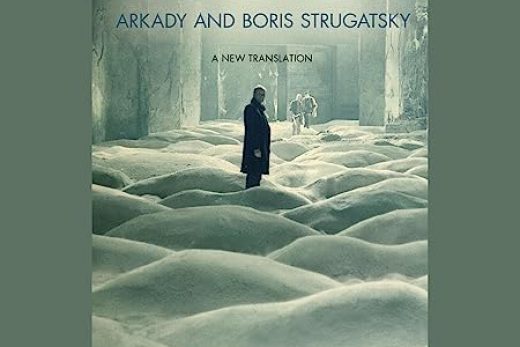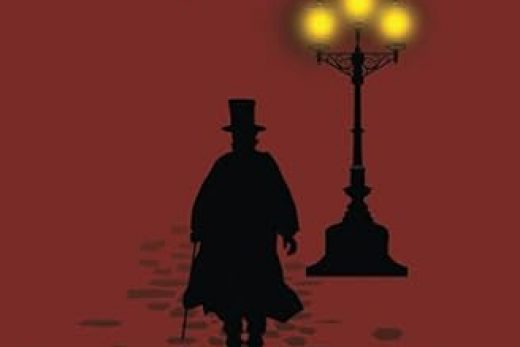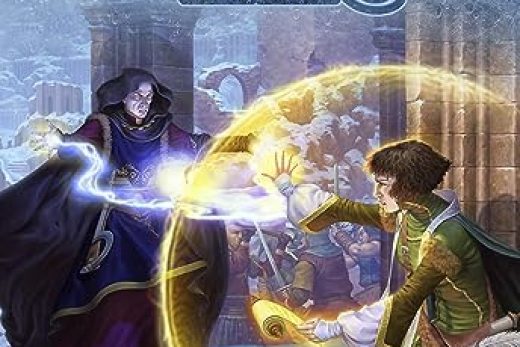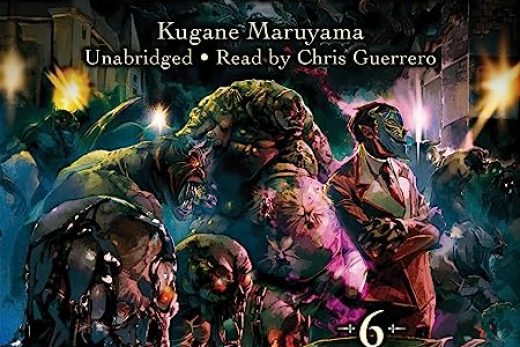Metro 2033, a captivating novel by Dmitry Glukhovsky, takes readers on a thrilling journey through a post-apocalyptic world. Set in the dark and desolate underground tunnels of the Moscow Metro, the story follows Artyom, a young man who sets out on a dangerous mission to save his home station from impending doom. As Artyom delves deeper into the mysteries of the Metro, he uncovers sinister forces at work and must confront unimaginable horrors. This gripping tale of survival, hope, and the human spirit explores the depths of humanity’s ability to persevere in the face of overwhelming adversity.
The novel’s setting is a crucial element that shapes the narrative and contributes to the overall atmosphere of the story. As the survivors of the nuclear apocalypse find refuge in the Moscow Metro system, the once bustling city is transformed into a labyrinthine network of underground stations. Each station has evolved into a distinct microcosm of society, with its own customs, beliefs, and governance. This unique setting allows Glukhovsky to delve into themes of political intrigue, social stratification, and the importance of maintaining cultural identity.
The characters in Metro 2033 are another compelling aspect of the novel. Artyom, the protagonist, embarks on a perilous journey that challenges his physical and mental endurance. Along the way, he encounters a diverse array of individuals who contribute to his growth as a character. Through his interactions with these characters, Artyom gains a deeper understanding of the human condition and the power of hope, even in the face of adversity.
As Artyom navigates the treacherous tunnels of the Metro, he must confront a variety of supernatural and human threats. The novel’s intense and suspenseful action sequences keep readers on the edge of their seats, while also serving as a commentary on the darker aspects of humanity. Amidst the chaos, Glukhovsky expertly weaves a poignant tale of hope and the resilience of the human spirit.
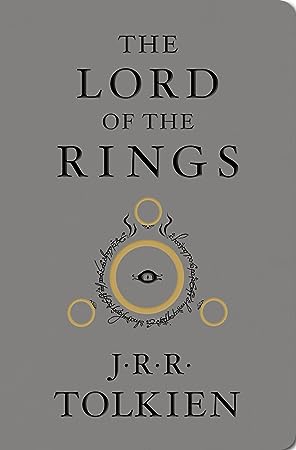
A: The Moscow Metro setting is integral to the novel’s atmosphere and narrative. It provides a unique backdrop for exploring themes such as political intrigue, social stratification, and cultural identity. The underground network of stations also serves as a metaphor for the depths of human resilience and adaptability in the face of extreme circumstances.
Q: How does Artyom’s character evolve throughout the novel?
A: Throughout his journey, Artyom grows from a naive young man to a battle-hardened survivor. His encounters with various individuals and experiences force him to question his beliefs and confront the harsh realities of the post-apocalyptic world. Ultimately, Artyom learns about the power of hope and the importance of fighting for a better future.
Q: What are some of the novel’s central themes?
A: Metro 2033 explores themes such as survival, hope, the human spirit, political intrigue, social stratification, and cultural identity. These themes are intricately woven into the narrative, providing depth and meaning to the story while prompting readers to reflect on the nature of humanity in extreme circumstances.

